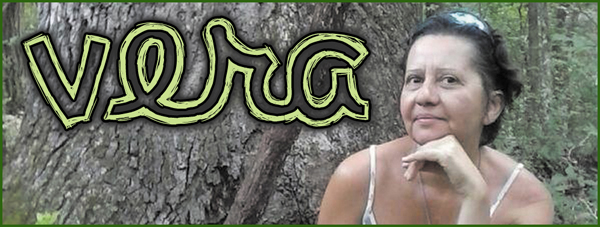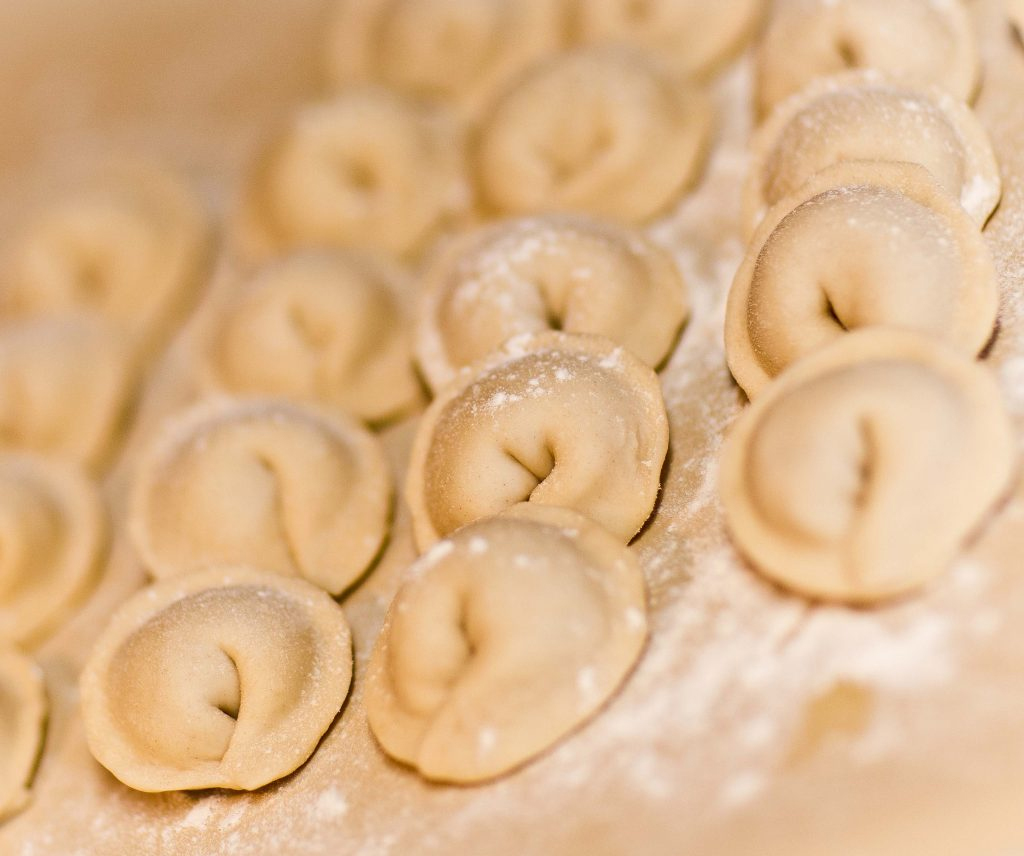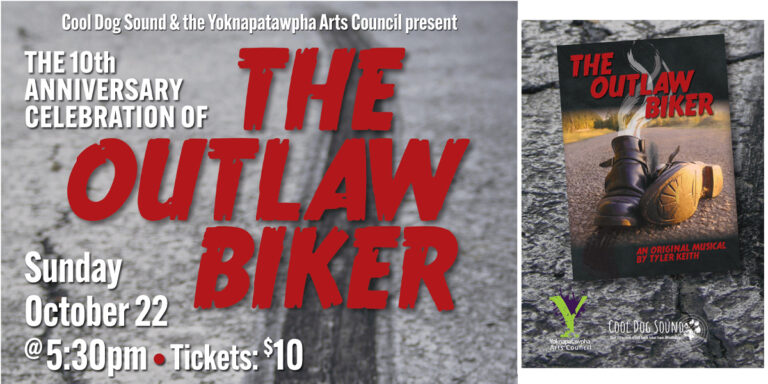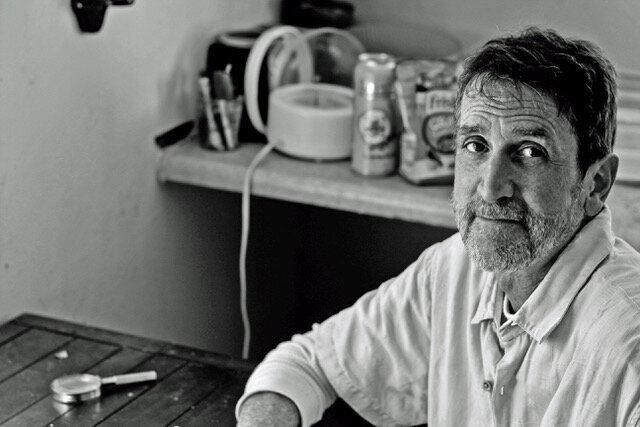
“I brought my story for you to read.” It was last summer, when I met my friend Tanya by the pool and handed her a Local Voice paper. “About us making pot-stickers?” There was so much hope in her pretty smile, that I felt slightly bad that I still hadn’t written that one, because I promised it to her a while ago. Now is the right season to think about making pot-stickers, because it is traditionally a winter holiday food in Russia.
So here it is.

Pot-stickers, or dumplings, how they call it here, have a different name in Russian, they are called pelmeni, which means “dough ears” in Finnish. A similar dish is a part of Finnish cuisine, as well as Chinese and Mongolian. We Russians, especially people from Siberia, consider pelmeni our national dish. Every housewife has her own recipe coming from generations back, and everyone thinks that their recipe is the best and the only right one. I don’t know another dish which starts so many arguments.
My grandmother was born and raised near the Ural mountains—the mountain stretch that separates the European part of Russia from the Siberia-Asian part. Yes, yes, Russia has a huge European part. (Lots of people here were arguing with me about it and insisting that Russia is not a European country! Well, yes, if you judge by my brown skin, dark hair, and facial features, you might as well think that Russia is located in Mexico.
So, the pot-stickers were always made from scratch for family holidays, when all big family was getting together; women sat around the big table at the kitchen and formed every single pot-sticker by hand, while listening to Grandma’s stories about her being young and making pelmeni with her family by the hundreds. Siberia is a cold land, so winters are always freezing, and you can make pot-stickers ahead of time, lay them out to freeze, put in the cloth sacks and keep outside in the barn till spring time. It was a perfect fast food to take with you on a trip, when people were traveling in the sleighs driven by horses and every rest area had a warm log cabin to sleep in overnight, where a pot of boiling water was always sitting on the hot wood stove to cook your pelmeni in.
The fresh ground beef is mixed up with ground onions, salt, and pepper for the filling. My family thinks that there should be three kinds of meat—beef, pork, and lamb (or venison). I just use beef. The dough is very simple and consists of white flour, water, egg, and salt. My grandma was usually forming a flour mound on a table, made an indent at the top so it looked like a volcano, and filled it up with one egg and water to the brim, then stirred it gently from inside trying not to let water out. I find it difficult and it seems like there is never enough water so you have to add some, then it spills all over the table, and you think it would be easier to just mix ingredients up in the bowl, but I still make my dough starting from the mound of flour because there is some childhood magic in it.
Then there are two ways to make flat dough circles. One, when you roll your dough with a rolling pin in one big flat circle and then cut out small circles out of it by the shot glass, and two (the right one!) when you form some kind of sausages, cut them into small nuggets and roll each individual nugget into a circle separately. Then you fill up the center of each circle with a teaspoon of meat, fold it and pinch the sides closed, which makes a crescent. Repeat 100 times and you have a dish all family can enjoy, just throw your pelmeni in the boiling water and boil until they float (10–15 minutes).
So I am going to tell you about that special day when my friend Tanya and I decided to get together at my tiny apartment kitchen and make some pelmeni for our families. Tanya walked in and put a bottle of wine on a table. She said that otherwise we were going to be bored. Then she looked disapprovingly at my tiny kitchen. “Why didn’t we get together at my house?” But it was too late now and we started the process with drinking a glass of wine. Tanya brought some kind of shiny metal gizmo with jagged edge to cut the dough circles. Her Daddy made it for her at the factory he worked. (People in Russia have a habit of making all kinds of devices at work. Kitchen tools, car parts, garden tools, fishing poles—whatever comes to mind. Russians are very handy and resourceful! )
We drank some more wine and it worked as an atomic fuel on my petite pretty friend. She said in her tiny proper voice ( I don’t know how she manages to sound like a sweet Southern belle even though she came to the U.S. at about the same time as I, 20 years ago, and I still struggle with my accent!) “When my Mom and Dad are making pelmeni, Dad is usually mixing up ground beef, and Mom makes dough. I am going to be Daddy and you will be Mommy—start making a dough!” And it was going on and on!
After we made the first hundred, I said “I’m tired, that’s enough.” But Tanya was unstoppable! She said, “No, no, no, you have three big boys, and my son loooves pelmeni, he is a swimmer and he burns all his calories too fast! We need some more! Go ahead and make more dough, Daddy!” We kept working for a couple hours longer while drinking more wine. Finally we were done, all beef was used, and Tanya laughed like a dozen silver bells, shook the flour off her hands and exclaimed, “Now I know why Daddy is always mixing ground beef and onions! I sure can tell now, looking at you, how hard it is to make dough!”
I met Tanya’s husband in town a few days later and told him, how impressed I was with his wife’s endless energy. He sighed and sheepishly whispered “I know! I have to live with her!”



